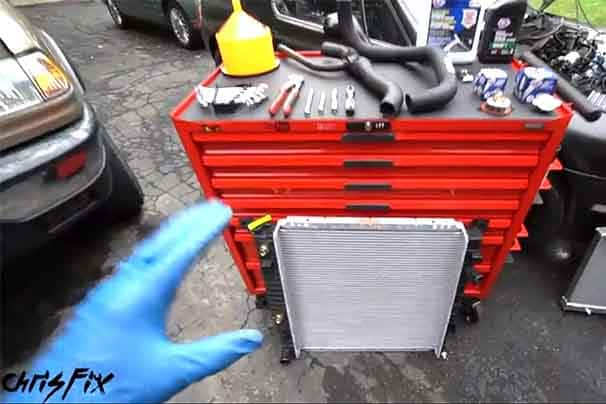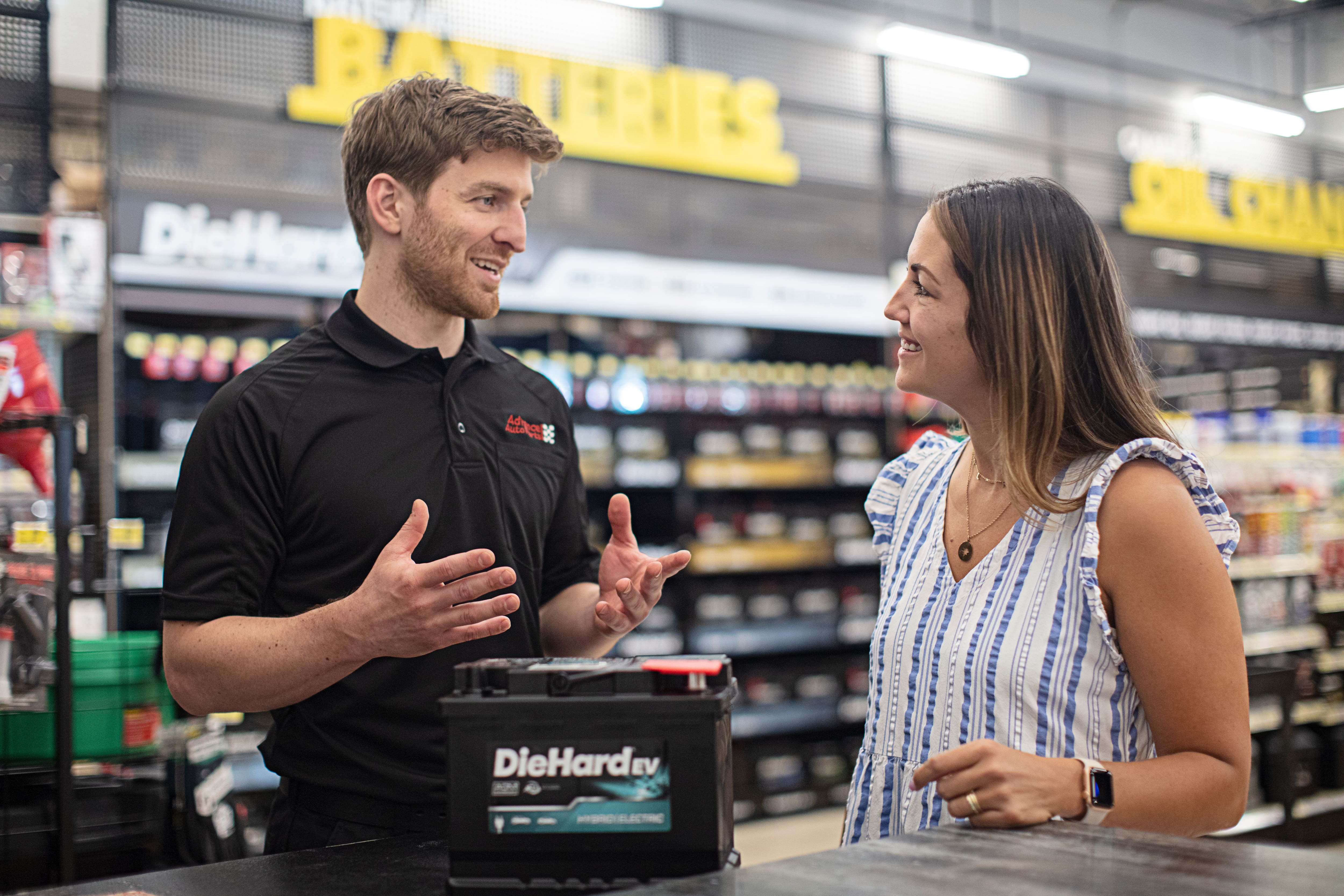The first car I bought on my own was a 1991 Firebird Formula. I was a dumb 20 year old, and I was single, so I spent three months' pay on paint and bodywork. The metallic black and ghost flames looked "sick," as we said back then, but I foolishly parked it in front of my apartment. Sun, rain, bird poop, and even a tornado all took their toll. I really could have used a car cover.

Source | Amanda Slater/Flickr
Not everyone has a garage. But that doesn't mean your car has to be exposed to the elements. Here's a buying guide for vehicle covers, "covering" everything you need to know about getting garage-level protection for your expensive ride.
Why Use a Car Cover?
You might be thinking a vehicle cover is just any old blanket draped over your ride. That's not even close. Vehicle covers are specifically designed to provide maximum protection to your ride's exterior and interior. There are several benefits:
- Protect the exterior from damaging weather like hail, sleet, mud from rain, and blowing sand. Then there's pollen in the spring, falling leaves, tree sap, and so on.
- Protect exterior and interior from damaging UV rays that can destroy clear coat or fade or crack the interior upholstery or plastics.
- Helps keep wildlife from entering and damaging your vehicle while it is being stored.
- Helps keep a vehicle away from prying eyes, thieves, vandalism, and random strangers offering to buy it. “Hey, man, is that '64 Mustang for sale? I'll give you $100 right now."
Which Car Cover Do You Need?
All vehicle covers offer a breathable multilayer fabric design. You don't actually want a waterproof design, as that would be air tight and allow mildew and mold to form. The breathability of the cover allows it to leave the vehicle dry, like those workout shirts that wick away sweat. Beyond that, there are quite a few options.
At starting price point is the universal cover. The low price doesn't reflect poor quality or anything; it's just cheaper to make a general size that fits most vehicles and offers few options. That doesn't mean they're one-size-fits-all, though, as a Fiat 500 will need a different size than a Ford Explorer.
Vehicle-specific covers are designed to fit your exact vehicle, like sliding on a glove. They are a bit more in price, but the plus side is no flapping in the wind. Another bonus is the optional stitching of the vehicle's logo, so everyone knows that's a Corvette under there. A downside is that you can only use it on that model of vehicle. If you sell the vehicle, you might include it as a bonus for the new owner.
Installation is super easy. Just check for a tag labeled “front" and tuck that end under the front of your vehicle. Pull it over the rest of the vehicle as you work your way to the back, draping the cover so the mirrors and antenna slide into their pockets. Finish by tucking it under the rear bumper cover. The elastic band should keep a snug fit.
A locking cover includes heavy-duty grommets that accept an included cable and lock kit. Drape the cover like usual, and then run the cable through the grommets. The cover can only be removed when you unlock it. This provides additional security in high-wind areas but is also a deterrent against thieves. Also note that most covers are machine washable, while others are even easier. Just keep it on the vehicle and wash with car-wash soap. Allow to dry, then fold it up and put it away clean.
If you see “all-weather" in the description, it means good protection from your average four-season regions. If you live in Alaska, the upper Midwest, or New England, you'll want a heavy-duty one built for snow and ice. More layers in the extreme rated covers prevent ice buildup from reaching your paint. There's even UV protective covers that reflect damaging sunlight if you live in a particularly sunny climate.
Garage + Car Cover = Layered Protection
Some of you are mumbling, “I don't need one of these, I have a garage." You might still want to use a cover. Sure, your garage is awesome protection from the elements, but what about protection from the stuff inside your garage?
- Dust and debris. Dust builds up over time as the vehicle sits there, as does pollen in spring, blowing grit caused by yard work when the garage is open, and blowing leaves in fall. If the garage door is open, it's all getting on your ride.
- Wrenching, spraying paint, sawdust from wood tools, etc. Maybe you're fixing rust or repairing an older used car. That's a lot of grime that could potentially get on your nice vehicle.
- Prevents damage caused by overfilled garage. Kids might walk or bike past your vehicle, or you might be carrying tools or an awkward box. A cover prevents accidental scrapes.
- Pets. For some reason, cats especially love to leave paw prints on a vehicle. It's an amusing calling card, until you realize they are grinding dust and grit into your paint.
Tired of dust piling up on your classic project? Hit the comments below and let us know what cover you're going to get or what you recommend for other vehicle owners.







